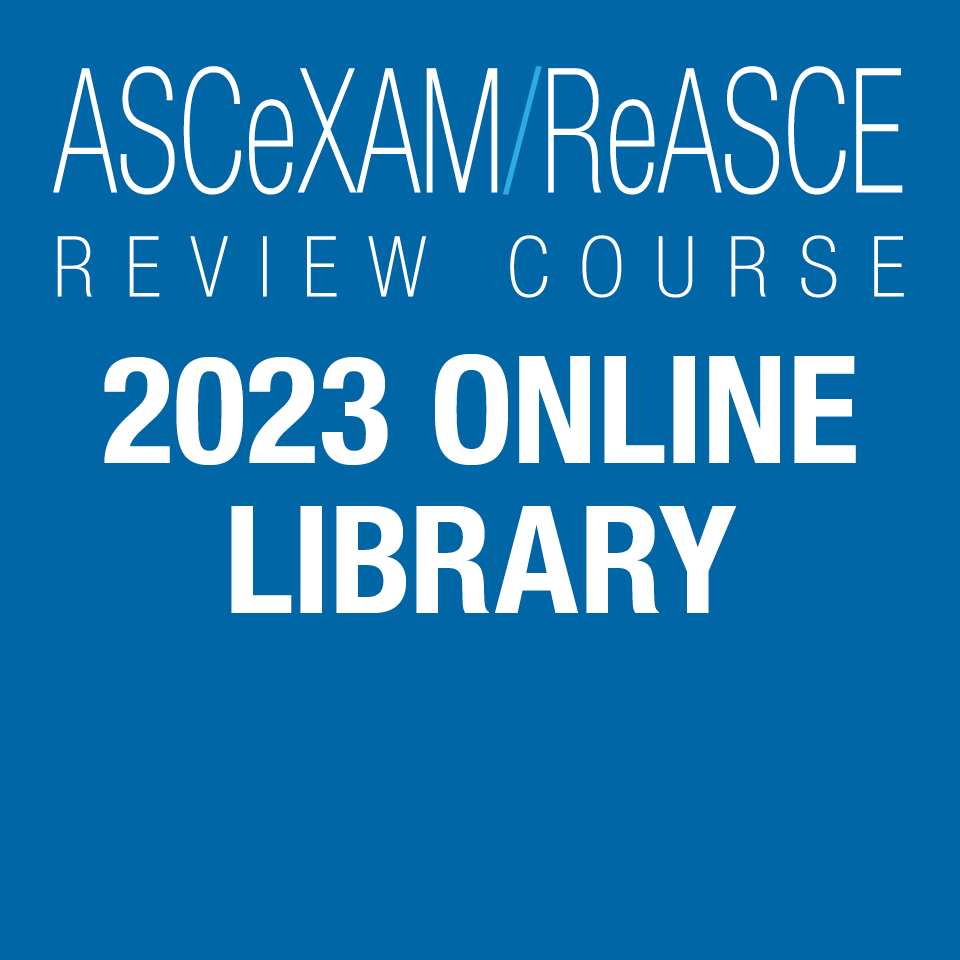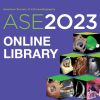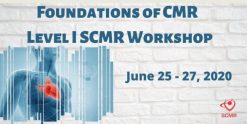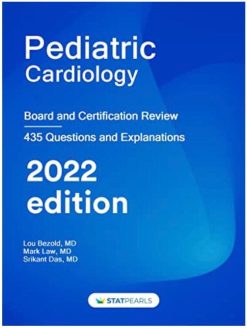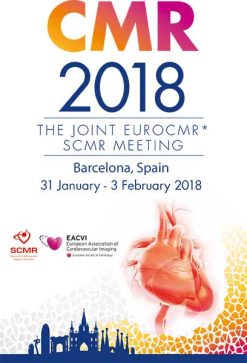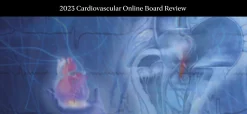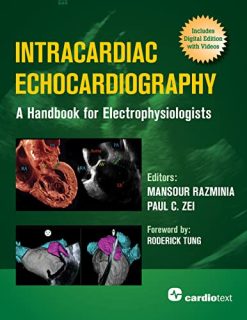Online Library: 2023 ASCeXAM/ReASCE Review Course
$50,00
Samples for Courses Can be found here : Free Samples Here!
Online Library: 2023 ASCeXAM/ReASCE Review Course – ( ASELearningHub ) (Videos) ASE has specifically designed the ASCeXAM/ReASCE Review Course as a preparatory course for the National Board of Echocardiography, Inc.™ (NBE) ASCeXAM® and ReASCE® examinations. Lectures given will emphasize illustrative cases and as such will not be “canned talks” from other cardiovascular ultrasound courses.
Online Library: 2023 ASCeXAM/ReASCE Review Course – ( ASELearningHub ) (Videos)
Online Library: 2023 ASCeXAM/ReASCE Review Course – ( ASELearningHub ) (Videos) ASE has specifically designed the ASCeXAM/ReASCE Review Course as a preparatory course for the National Board of Echocardiography, Inc.™ (NBE) ASCeXAM® and ReASCE® examinations. Lectures given will emphasize illustrative cases and as such will not be “canned talks” from other cardiovascular ultrasound courses.
#Online Library 2023 #ASCeXAM #ReASCE Review Course – ( #ASELearningHub ) (Videos)
Language English
Publisher Other Publisher
Edition : 2023
Format : 74 Videos + 59 PDFs
File Size :7.72 GB
This online library will cover all aspects of cardiovascular ultrasound essential to these examinations, including physics, valvular heart disease, strain and 3D imaging, contrast echocardiography, ischemic heart disease, congenital heart disease, and more.
Target Audience
This course is designed for physicians interested in sitting for the ASCeXAM® (Examination of Special Competence in Adult Echocardiography) or the ReASCE® (Recertification Examination of Special Competence in Adult Echocardiography), as well as physicians and sonographers interested in a broad review of cardiovascular ultrasound.
Learning Objectives
Upon completion of this course, participants should be better able to:
- Explain the essential physical principles of cardiac ultrasound.
- Recognize common ultrasound artifacts and their genesis.
- Estimate systolic function using standard M-mode and 2D echocardiography, as well as newer modalities such as strain imaging and 3D echocardiography.
- Identify and quantitate valvular heart disease severity.
- Describe the application of Doppler in the assessment of hemodynamics and diastolic function.
- Perform clinically relevant calculations of valve areas and intracardiac pressures.
- Explain proven techniques for interpreting stress echocardiographic examinations.
- Differentiate features of cardiac tamponade, constrictive pericarditis, and restrictive cardiomyopathy.
- List appropriate applications of echocardiography.
- Recognize newer applications of echocardiography such as myocardial contrast.
Related products
CARDIOLOGY

